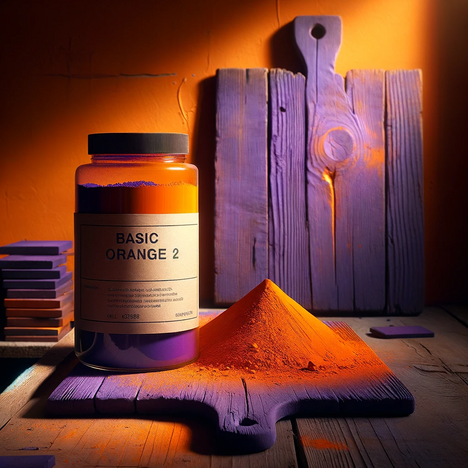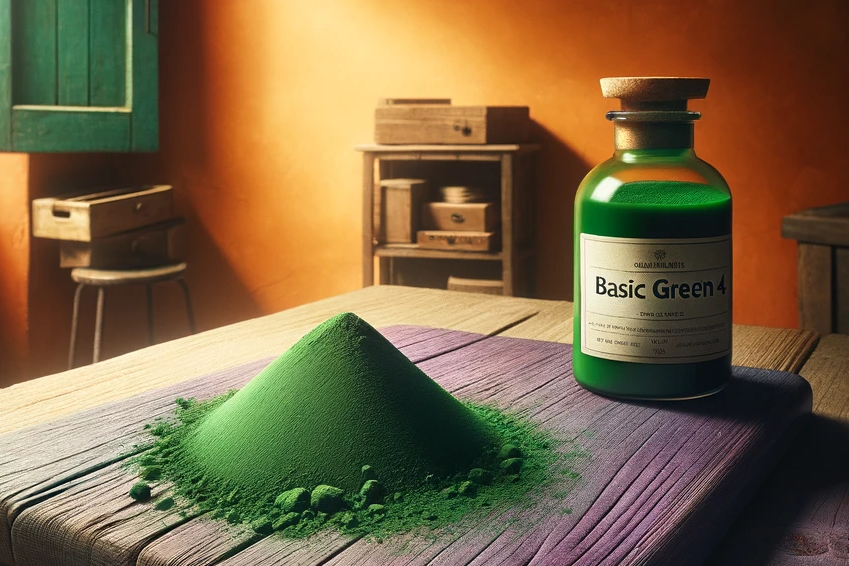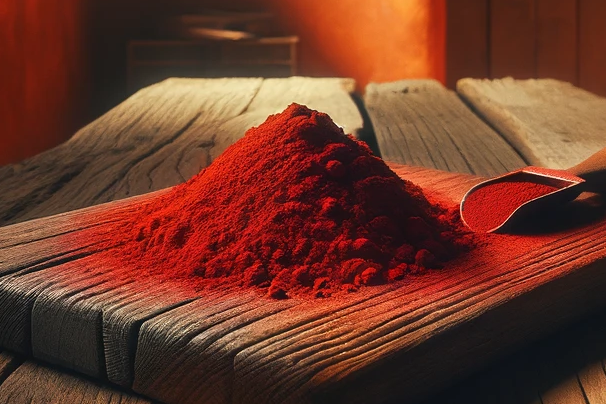Basic Orange 2

How is Basic Orange 2 used?
Basic Orange 2 is mainly used as an orange dye for cotton, silk and other textiles. It can also be used for dyeing leather, paper, feathers, plants and bamboo products. Basic Orange 2 is a basic dye, which means that it binds to acidic groups in the fibers. It can be used for direct dyeing as well as for printing.
Is Basic Orange 2 harmful to dogs?
Basic Orange 2 is not only a dye, but also a potentially hazardous substance for humans and animals. It has been classified by the International Agency for Research on Cancer (IARC) as possibly carcinogenic to humans. It can cause DNA damage and increase the risk of bladder cancer. It can also trigger allergic reactions such as skin rashes, itching or breathing difficulties.
Basic Orange 2 is particularly dangerous for dogs as they can absorb it more easily than humans. If dogs come into contact with textiles or other objects dyed with Basic Orange 2, they can ingest the dye by licking or chewing it. This can lead to symptoms of poisoning such as vomiting, diarrhea, convulsions or loss of consciousness. If dogs ingest Basic Orange 2 regularly or in large quantities, this can lead to chronic damage to the liver, kidneys or bladder.
How to avoid Basic Orange 2?
To avoid the dangers of Basic Orange 2, some precautions should be taken:
- Textiles or other products dyed with Basic Orange 2 should be washed thoroughly before use to remove excess dye.
- Textiles or other products dyed with Basic Orange 2 should not be in direct contact with the skin or mucous membranes.
- Textiles or other products dyed with Basic Orange 2 should be kept out of the reach of dogs.
- If dogs come into contact with textiles or other products colored with Basic Orange 2, they should be wiped or bathed immediately.
- If dogs show signs of poisoning from Basic Orange 2, a veterinarian should be consulted immediately.
Basic Orange 2 is a synthetic dye that is used for various purposes. However, it also has health risks for humans and animals. Dogs in particular are at risk as they can absorb the dye more easily than humans. To avoid the dangers of Basic Orange 2, some precautions should be taken.
Properties 8
Are you looking for other ingredients with a specific property?
Just click on them to find more.
If you notice any signs of hypersensitivity or poisoning in your dog, you should see your vet immediately. We are not a substitute for a vet, but we try to be as accurate as possible. Every dog reacts differently and we recommend you get a second opinion or consult your vet if in doubt.
Stay healthy and take good care of your four-legged friend!😊
Similar to Basic Orange 2
Basic Green 4 is a cationic dye from the group of triphenylmethane dyes. It has the molecular formula C23H25CIN2 and a molar mass of 482.64 g/mol. It has a dark green color with a metallic sheen and...
Basic Red 22 is a cationic cyanine dye with the chemical formula C_23H_25N_3. It has the CAS number 12221-52-2 and is one of the regulated ingredients in the EU Cosmetics Regulation. It has a blue...
Basic Violet 1, also known as methylrosanilinium chloride or crystal violet, is a synthetic dye from the triphenylmethane dye family. Originally used in the textile industry and as a microscopic...
Basic Yellow 2 is a chemical compound with the molecular formula C17H22ClN3. It has a yellow color and is soluble in water or ethanol. Its other name is Auramine O or Gumamine O. It was first...



